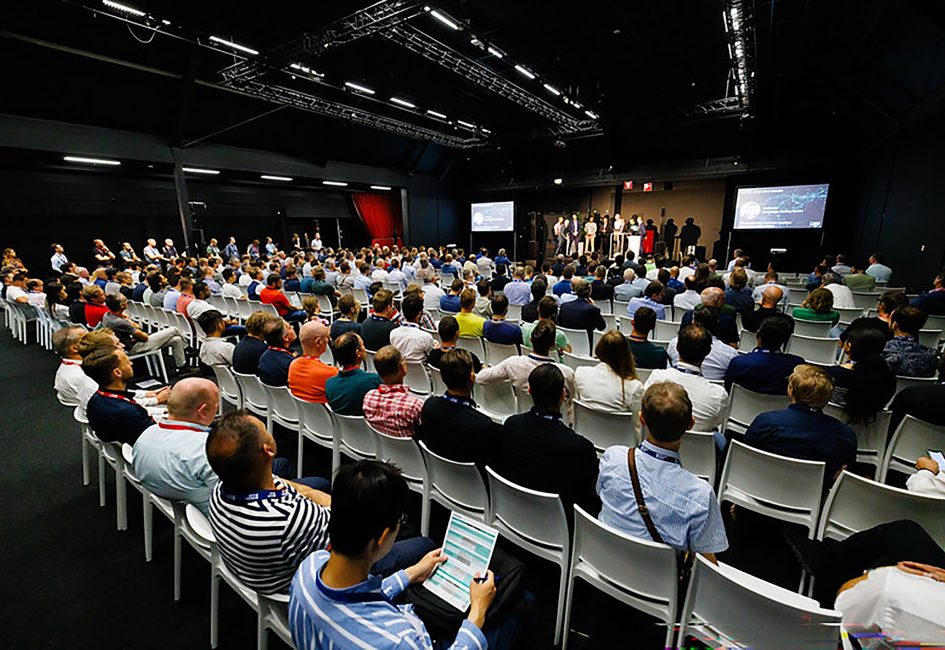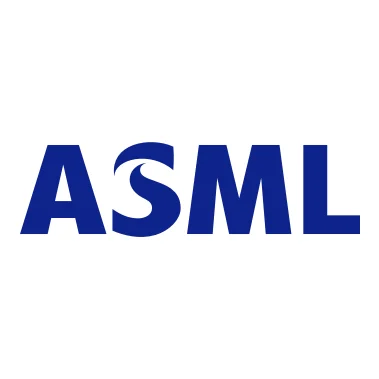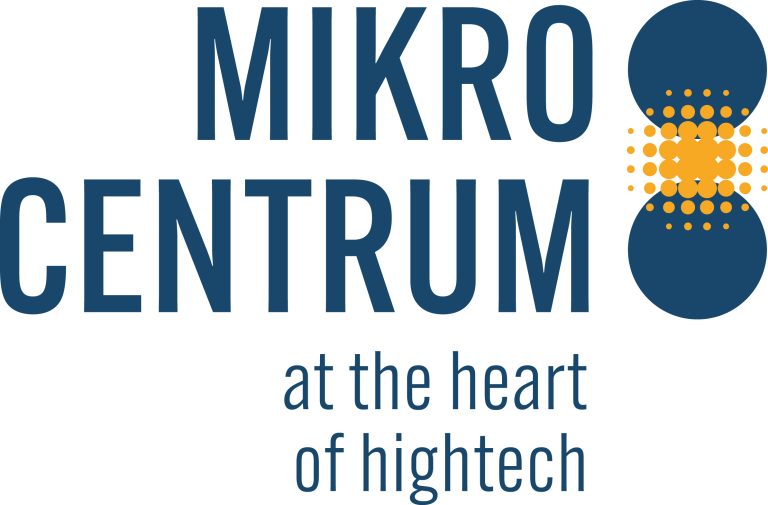The program
Your Guide to manufacturability:
A program has been put together that aims to bring developers and manufacturability experts closer together. Exploration, but also in-depth consultation, is given a start here. Talking about the basics but also the details about a manufacturing process is possible.
A conference where knowledge exchange based on trust will be an important item.
Sign up Conference explained (1 min)
Don’t miss anything during this conference, the complete program in a clear overview.
MTC Program 2024Visitors register and can start studying the posters while waiting for the official opening.
Karin Mous as event manager wishes everyone a warm welcome to the second Manufacturing Technology Conference.
Edwin de Zeeuw from Mikrocentrum will discuss the need for this event with Joost Smits from ASML and Thermo Fisher.
In modern accelerators, stringent requirements are placed on the materials used for vacuum systems. Their physical and mechanical properties, machinability, weldability and brazeability are key parameters. Adequate strength, ductility, magnetic properties at room as well as low temperatures are important factors for vacuum systems of accelerators working at cryogenic temperatures. In addition, components undergoing baking or activation of Non-Evaporable Getters (NEG) or directly exposed to the beam impose specific choices of material grades for suitable outgassing and mechanical properties in a large temperature range. Today, stainless steels are the dominant materials of vacuum systems. The reasons for specific requirements in terms of metallurgical processes are detailed for obtaining adequate purity, inclusion cleanliness and fineness of the microstructure. In many cases these requirements are crucial to guarantee the final leak tightness of the vacuum components. Innovative manufacturing and material examination technologies are also treated.

Dr Stefano Sgobba – Head of the CERN Materials, Metrology and NDT section
From the European Organization for Nuclear Research, is one of the world’s largest and most respected centres for scientific research
–
SPC for AM
What is needed to achieve a reliably good product from Additive Manufacturing?
ASML, NTS, Additive Industries, Additive Center and Hexagon show a novel QA approach leveraging SPC to achieve this.
ASML
Onur Tanriverdi – Metallurgical and Materials / Quality Engineer
NTS Group
Bart de Vries – Technologist Additive Manufacturing
Additive Center
Harry Kleijnen – Industrial Additive Manufacturing Professional
Maarten van Dijk – Entrepreneur in 3D printing, CEO Additive Center
Additive Industries
Hendrik Schonefeld – Business Development Manager
Hexagon Manufacturing Intelligence
Mathieu Pérennou – Global Director Additive Manufacturing Solutions

In this presentation, we will give you an inside look at the theme of solving measurement problems for advanced packages in the semiconductor industry. After a brief explanation of the basic functions of a Mitutoyo Vision Measuring Machine, specific features, functionality, and sensor technology applied for solving measurement problems in advanced packages, will be presented.

Ron Meijer – Division Manager Sales Engineering Divisions – Mitutoyo Europe GmbH


The carrier structure is a lightweight, high-accuracy titanium structure, which is produced by removing 90% by extensive milling. This product has successfully been transferred into a product realized by means of additive manufacturing.
Norsk Titanium manufactures a pre-shape made by Rapid Plasma Deposition (3Drpd). A technology developed and qualified for aerospace. Hittech realizers the high accurate final shape by milling.

Nicholas Mayer, Vice President, commercial, Norsk Titanium
![]()

Koen Mentink, Managing Director, Hittech

Additive Manufacturing is a rapid growing technology that brings huge advantages to industry. Nevertheless, there are still challenges to be tackled in order to fully adopt AM. A very important criterium to take in consideration is quality consistency of printed parts. This in order to guarantee repeatability and monitor the printing conditions.
The impulse excitation technique is a NDT method active in material characterization, evolution and QC, by analyzing the mechanic-elastic behavior of all parts. This technology allows for 100% inspection of AM parts in an easy, fast and reliable way. This technique is equally suitable to test technical ceramics and other complex materials.

Alex Van den Bossche, CEO, GrindoSonic

Patents and other forms of Intellectual Property are exclusive right: without permission only the owner can make use of the protected inventions, designs and names. At first sight, this seems at odds with working together, sharing knowledge and forming cooperations. Join our Round Table discussion to learn why this assumption is incorrect, and how sharing your protected knowledge can help your business to flourish!

Ir. Patrick van Ginneken, European Patent Attorney, AOMB

Precision Electro Chemical Machining (PECM), is a technology to produce high precision mechanical parts by removing material electrochemically. The process takes place under aqueous electrolyte, where a pulsating current and pulsating approach of a dye, leaves an intrinsically clean, tight, homogenic biocompatible surface. No contact between tooling and product occurs and no heat is induced to the part by the process.
Ing. Arnold Douma, CEO, Exakt Fijnmechanika

In this Tech talk, we will show how additive manufacturing machine, produced with machine tool design principles, will increase productivity, reliability and consistency of precise SLM part production. The transition between nodes of additive process chain is significant for uninterrupted manufacturing.

Friedemann Lell, Managing Director, DMG Mori Additive
![]()
Design teams and suppliers should care, collaborate and challenge each other (ASML’s core values). Communication is key to achieve high quality parts, with lower cost and lead times. We have many things to learn from each other, about the requirements, about manufacturing techniques and their limitations and qualification of the parts. During the lecture, we will mention some nice examples, highlights, success stories we achieved together as suppliers and designers but we will also touch upon some improvement points.

Firat Buyukcivelek – Mechanical Architect, DfX-DfMA Competence Lead, Trainer Mikrocentrum

–
The Lithography and measurement solutions of ASML play an important role in the exponential growth of computing (Moore’s Law). To enable our customers to make the next step in chip-manufacturing we need to reduce the Cost of our Technology. This implies that we need to better understand the cost and complexity constraints we put on our products in an early design phase. To do so we need to bridge the GAP between design and manufacturing. We need your manufacturability feedback to enable us to deliver faster and more cost-efficient innovations towards our customers.

Ir. Jeroen Aerts – High-NA System Engineer Cost of Goods, ASML

In micron-level machining, some deviations are inevitable, for example tool size, clamping deviation,part allowance deviation etc. Eliminating the influence from these deviations on machining accuracy is important. There’s already been some solutions can quantify the deviations in-machine and make compensation. Yet in other complicated situations, more intelligent and flexible solutions are needed. This is exactly what Jingdiao solution can realize. Jingdiao solution can build coordinate system intelligently of parts with irregular shape or uneven allowance, such as 3D printed parts, and can measure and calculate part allowance accuracy and use the data to compensate the tool to realize micron production

Yuqing Chen, Manager of Marketing Dept, Beijing Jingdiao Group
![]()
This lecture shows hybrid manufacturing to combine machining and additive manufacturing of metal parts on the DMP 350 printer from 3D Systems. This technology allows to consolidate assemblies into single parts, while reducing cost and lead time. In parallel, thanks to the wide range of possibilities that AM offer hybrid manufacturing can potentially improve the performance of the part and increase the leak tightness compared to traditionally manufactured assemblies.

Inigo Marco PhD MSE BID, Senior Application Development Engineer – Application Innovation Group,
3D Systems

Conventional Statistical Process Control (SPC) alone is likely to fall short for AM applications. By combining computed tomography (CT), metrology, process, and simulation data, we are able to perform a root cause analysis that will help identify correlations between process parameters and occurring defects using AI/ML methods to meet Industry 4.0 expectations. This enhanced SPC approach allows us to detect potential defects faster or even before they happen and thus reduce the number of failed parts in production. Potentially, this approach may also help reduce the efforts in Computed Tomography (CT) and Non-Destructive Testing (NDT) activity.
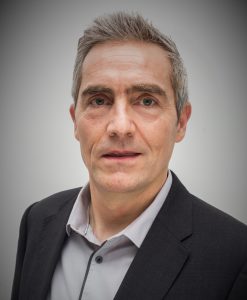 Mathieu Perrennou, Hexagon
Mathieu Perrennou, Hexagon 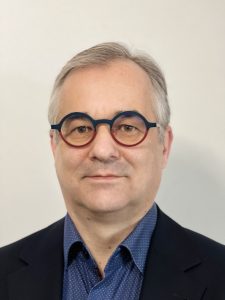 Sven Gondrom-Linke, Hexagon
Sven Gondrom-Linke, Hexagon

Ingrid van Haaren, Cluster Manager Additive Manufacturing, Brainport Development N.V.

The supply chain for OEM’s is playing a vital part these days and is therefore plays an important role in the total performance of a company. Recent examples of supply chain disruptions have also shown the vulnerabilities and the need for more flexibility and resilience. Besides technical advances and process optimization, we also need to think about these topics.

Marko Hoogeboom, Senior Business Consult, Dassault Systèmes
![]()
Additive Manufacturing is a powerful technology that can have massive impact on many levels of a product lifecycle. In this lecture, we will showcase how design can help with optimizing production and improving part performance.

Nicolas Meiresonne – Specialist 3D printen

Hot isostatic pressing is a manufacturing process used to reduce the porosity of metals and increase their density. This improves the mechanical properties and workability of the material.
Benjamin Ruttert – Business Development Manger, Aalberts
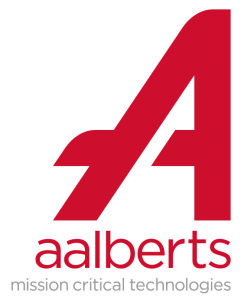
The aim of this presentation is to provide a technical overview of the use of ultra-short pulse lasers for micromachining applications, namely micro-engraving, micro-cutting, and micro-drilling. After a brief presentation of GF Machining Solutions’ laser technologies, a series of laser micromachining practical cases will be reviewed. These application examples involve either the exclusive use of femtosecond lasers for the entirety of a manufacturing operation or the combination of laser and traditional manufacturing technology. Lastly, the benefits and limitations of lasers for micromachining will be showcased.

Manuel Gomez Marzoa, Laser Business Support Engineer, GF Machining Solutions SA
![]()
In our presentation “Together, Let Us Realize the Potential of Metal Additive for Your Business,” we explore metal additive manufacturing’s transformative role in modern manufacturing. Focusing on GE Aerospace expertise, we discuss the advantages, including assembly reduction, design simplification, and enhanced cooling, etc…. GE Additive, Landré & FMI partnered to jointly help large industrial players to accelerate their AM adoption notaly thanks to application identification and system redesign for AM compatibility.
For detailed examples and case studies showcasing the technology’s capabilities across industries, please visit the GE Additive website: www.ge.com/additive

Vincent Deborde, Sr sales director, Western Europe, GE Additive

–
Ensuring Process Capability and Quality in Additive Manufacturing of High-End Precision Parts
The toolcraft AG is a leading company in the additive manufacturing of high-end precision parts. The company has been successfully implementing requirements related to guidelines and certifications, especially the European Pressure Equipment Directive (PED), as well as customer audits, e.g., based on ASML AM GSA technical requirements and the corresponding ISO/ASTM standards, for many years. Ensuring process capability along the entire process chain and quality assurance in the production of additive components are at the forefront. Various aspects ensure efficient and high-quality production, including Trumpf’s AM systems, process monitoring, as well as innovations in support structure removal using dry ice blasting and innovative clamping concepts.

Christoph Hauck – Member of the Excutive Board at toolcraft AG
![]()
Machine manufacturer role in ensuring consistent part quality in metal AM components for semiconductor manufacturing equipment
The amount of metal AM parts manufactured for semiconductor manufacturing equipment is constantly increasing, driven by part consolidation, streamlined supply chain, increased complexity and functionality.
AM technology introduction requires a new approach to quality and increased communication between OEM, part manufacturer and machine manufacturer.
Machine manufacturers can contribute by providing equipment with increased monitoring, calibration and traceability functions to enable quality assurance based on process control and statistical correlation to monitoring data.

Dr.Tobias Brune, head of global BU Additive Manufacturing, Trumpf

To accelerate your time-to-market, reduce your cost and improve your quality, you need to collaborate with all partners in the supply chain. On an equal-to-equal basis.
The KAIZEN™ approach enables you to establish openness and trust by working together to achieve profitable performance.
Kaizen Institute has a track record that will accelerate your journey.

Maureen Balsters – Senior Executive Kaizen Institute

The DCS Presentation will cover the importance of dimensional engineering in an Industry 4.0 context: leveraging the CAD system, the PLM system, and the QMS system to become operationally more efficient across product, manufacturing, and quality engineering. We will show how embedding semantic 3D Geometric Dimensioning & Tolerancing (GD&T) in the CAD model lays the foundation for digital transformation, and how other elements of every manufacturing business can take advantage of this “reusable” machine-readable language: from engineering, through machining and inspection, into manufacturing and quality assurance.

Mike Pritchard, DCS Senior Sales Executive, Dimensional Control Systems
![]()

Ulrich Decker, CENIT DCS Solutions Sales Europe, CENIT
![]()
Röders develops its machines for best performance in precision machining by combining milling, grinding and measuring in one machine. Throughput times are significantly reduced because operators need to set up the workpiece only one time and afterwards the machine performs all machining operations by itself. With automation this becomes even more productive. The foundation of this approach is the new PRECITEMP®-Technology developed by Roeders which holds the machine geometrically absolutely stable even if ambient temperatures are changing.

Dipl.-Ing. Jürgen Röders – Managing Director Röders GmbH

Photo Chemical Etching is one of the very few manufacturing techniques to produce (metal) precision parts without adding tension or burrs to the material. Although it’s not very well-known, etched parts can be found in almost all market segments. The process can be both a batch process for small to medium volumes and a reel-to-reel process for high volume
During this presentation the different possibilities, advantages and applications of these two processes also in comparison to other manufacturing techniques will be discussed.

Ir. Eric Kemperman, Research & QSHE manager, Etchform

- Hand over “Best knowledge sharing trophy”.
- Hand over “Quiz trophy”.


